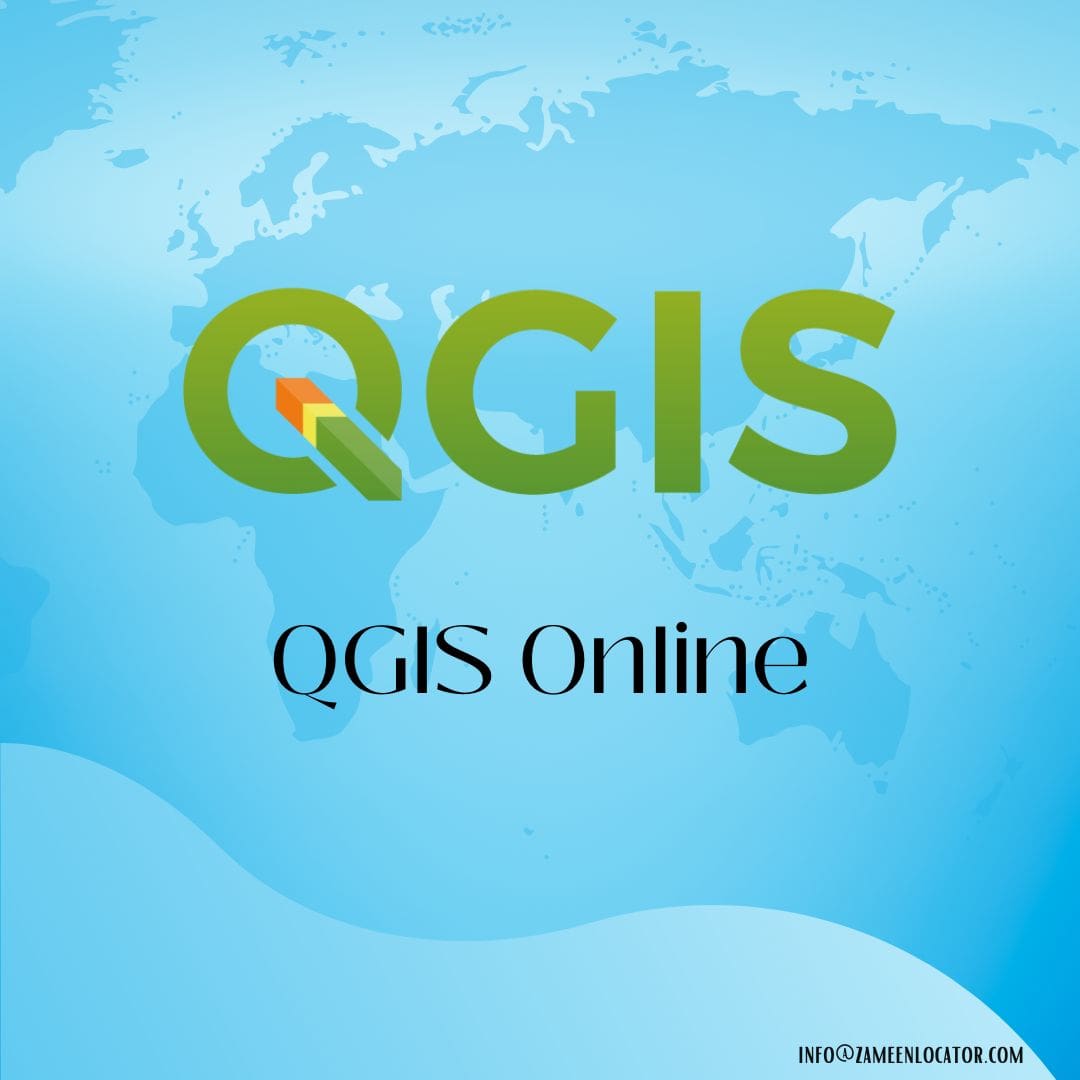
Exploring The GIS Mapping: History, Power, And Operation
- Geographic Information Systems (GIS) mapping is a powerful technology that has revolutionized how we understand and interact with spatial data. From urban planning to environmental conservation, GIS mapping has become an indispensable tool across various fields. In this blog, we will explore the history, power, and operation of GIS mapping, shedding light on its transformative impact.
History of GIS Mapping
Early Beginnings
- The concept of GIS goes back to the early 19th century when cartographers began using thematic mapping techniques. These early maps were rudimentary but laid the foundation for more sophisticated spatial analysis.
The Birth of Modern GIS
- The modern era of GIS began in the 1960s with the development of computer technology. Roger Tomlinson, often the "father of GIS," developed the Canada Geographic Information System in 1963. This system was one of the first to use computer-based analysis for land-use management, marking a significant milestone in GIS history.
Advancements in the 1980s and 1990s
- The 1980s and 1990s saw significant advancements in GIS technology, driven by the advent of personal computers and the development of specialized GIS software. Companies like ESRI (Environmental Systems Research Institute) emerged as leaders in the field, providing powerful tools like ArcGIS that are still widely used today.
The Digital Revolution
- With the rise of the internet and mobile technology, GIS mapping has become more accessible and user-friendly. Online mapping services like Google Maps and open-source platforms like QGIS have made GIS tools available to a broader audience, democratizing access to spatial analysis.
The Power of GIS Mapping
- Spatial Analysis
- One of the core strengths of GIS mapping is its ability to perform complex spatial analysis. GIS tools can analyze spatial relationships, patterns, and trends, providing insights crucial for urban planning, disaster management, and environmental conservation.
Data Integration
- GIS mapping can integrate data from various sources, including satellite imagery, demographic data, and environmental sensors. This integration capability comprehensive understanding of spatial phenomena, enabling more informed decisions.
Visualization
- GIS mapping excels in data visualization, transforming raw data into intuitive maps and visual representations. These visualizations can highlight patterns and trends that might be overlooked in traditional data analysis, making it easier to communicate complex information.
Real-Time Monitoring
- With technology, GIS mapping now supports real-time data collection and monitoring. This capability is valuable in applications like traffic management, emergency response, and environmental monitoring, where timely information is critical.
Predictive Modeling
- GIS tools can also be used for predictive modeling, helping to forecast future scenarios based on current data. For example, urban planners can use GIS to model the impact of new developments on traffic patterns, or environmental scientists can predict the spread of pollutants.
How GIS Mapping Operates
Data Collection
- The operation of GIS mapping begins with data collection. Data can be sourced from various means, including satellite imagery, GPS devices, surveys, and existing databases. The accuracy and reliability of GIS analysis heavily depend on the quality of the collected data.
Data Storage
- Once collected, the data is stored in a GIS database. This database is designed to handle large volumes of spatial data and is often structured to allow for efficient querying and analysis. Data layers representing different types of information (e.g., land use, population density) are stored separately but can combined for analysis.
Data Analysis
- GIS software provides analytical tools that can process and analyze spatial data. These tools can perform overlay analysis, buffer analysis, and network analysis. Applying these tools, users can uncover spatial relationships and derive meaningful insights from the data.
Data Visualization
- After analysis, the results were visualized, using maps, charts, and graphs. GIS software offers various visualization options, allowing users to create customized maps with specific features or patterns. These visualizations can be static or dynamic, with interactive elements that allow users to explore the data in more detail.
Sharing and Collaboration
- GIS mapping also facilitates sharing and collaboration. Maps and data can be shared with stakeholders on online platforms, enabling collaborative decision-making. Additionally, cloud-based GIS services allow for real-time collaboration, where multiple users can work on the same dataset.
Conclusion
- GIS mapping has come a long way since its inception, evolving into a powerful tool for how we understand and interact with spatial data. Its ability to perform complex analysis, integrate diverse datasets, visualize information, and support real-time monitoring makes it invaluable across various fields. As technology continues to advance, the potential applications of GIS mapping will only expand, further enhancing our ability to make informed, data-driven decisions.
(FAQs)
- 1. What is GIS mapping?
- Answer: GIS (Geographic Information Systems) mapping is a technology used to gather, manage, analyze, and visualize spatial and geographic data. It allows users to create detailed maps and perform complex spatial analyses to understand patterns, relationships, and trends within geographic data. GIS mapping in various fields, such as urban planning, environmental management, transportation, and disaster response.
- 2. How does GIS mapping work?
- Answer: GIS mapping works by integrating and analyzing spatial data from various sources. The process involves:
- Data Collection: Gathering data from satellites, GPS devices, surveys, and existing databases.
- Data Storage: Organizing data in a GIS database with layers representing different types of information (e.g., land use, population density).
- Data Analysis: Using GIS software tools to perform spatial analyses, such as overlay, buffer, and network analysis.
- Data Visualization: Creating maps and visual representations to display analysis results.
- Sharing and Collaboration: Distributing maps and data through online platforms for collaborative decision-making.
- 3. What are the main applications of GIS mapping?
- Answer: GIS mapping is used in a wide range of applications, including:
- Urban Planning: Designing city layouts, managing land use, and planning infrastructure.
- Environmental Conservation: Monitoring natural resources, managing wildlife habitats, and assessing environmental impacts.
- Disaster Management: Planning for emergencies, managing disaster response, and assessing damage.
- Transportation: Optimizing routes, managing traffic, and planning public transportation systems.
- Public Health: Tracking disease outbreaks, managing healthcare resources, and analyzing health data.
- 4. What are the benefits of using GIS mapping?
- Answer: The benefits of using GIS mapping include:
- Enhanced Decision-Making: Provides detailed spatial analysis to inform better decisions.
- Improved Visualization: Transforms complex data into easy-to-understand maps and visualizations.
- Data Integration: Combines data from multiple sources for comprehensive analysis.
- Real-Time Monitoring: Supports real-time data collection and monitoring for timely information.
- Predictive Modeling: Helps forecast future scenarios and plan accordingly.
- 5. What is the future of GIS mapping?
- Answer: The future of GIS mapping is promising, and advancements in technology are likely to expand its capabilities. Key trends include:
- Integration with AI and Machine Learning: Enhancing predictive analytics and automated data analysis.
- Increased Accessibility: More user-friendly interfaces and cloud-based solutions making GIS tools accessible to a broader audience.
- Real-Time Data Integration: Improved ability to integrate real-time data from IoT devices and sensors.
- Enhanced Visualization: Development of more sophisticated visualization techniques, including 3D and augmented reality maps.
- Sustainability and Smart Cities: Greater use of GIS in promoting sustainable development and creating smart, connected cities.






